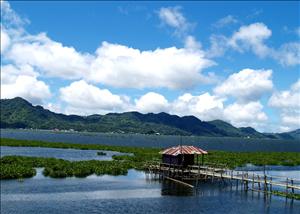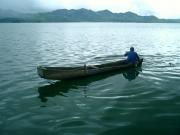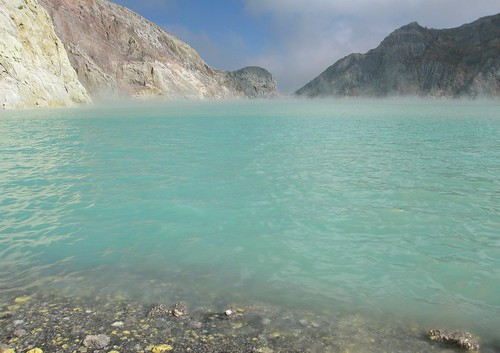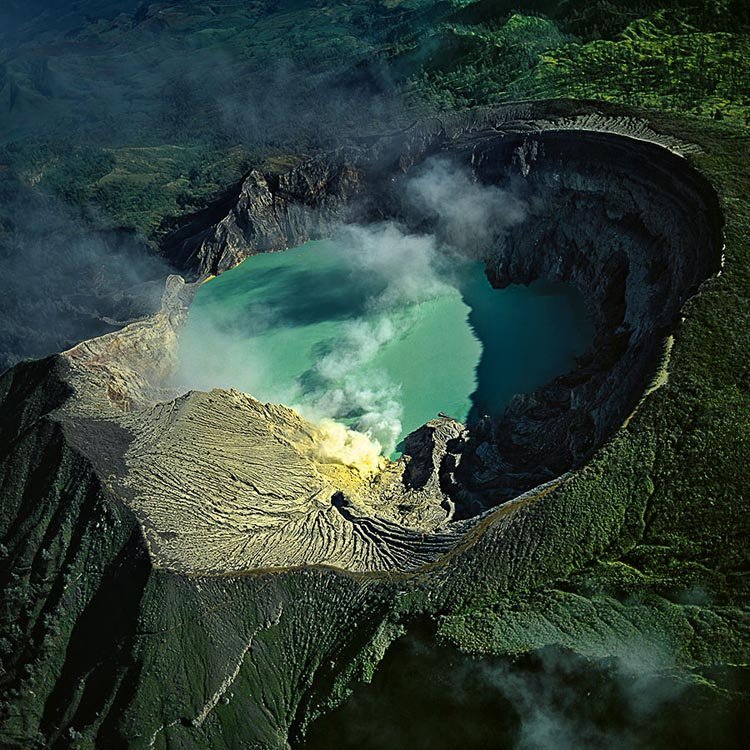Why do people choose Toraja Land as a destination ?.We Spoke to many travelers while on Sulawesi (Celebes) and they all seemed to say the same things. They had come to Sulawesi (Celebes) and exploring Toraja Land because they either had heard such wonderful things from friends or relatives who had been there, Or they had visited previously themselves. What people seemed to like the best were The friendly people, the culture and the untouched beauty of Sulawesi at most.
After Bali and Java, the third most popular destination in Indonesia is Sulawesi. Sulawesi island contains a great variety of exotic people, culture and natural wonders. It is another unspoilt paradise. A journey into the strange world of mysterious Toraja People is truly a rare adventure, made especially eerie by their hauting tombs - holes carved out of sheer rock faces guarded by wooden effigies that stare out across the jungle.
Toraja Land, is known for its unique culture and ancient traditions. The center of tourism is Rantepao, 328 km from Makassar by road (about 8 hours).
The entry to Tana Toraja is marked by a gate built in traditional boat-shaped architecture. The road passes through the mountains of Kandora and Gandang on which, according to Toraja mythology, the first ancestors of celestial beings descended from heaven. The majority of the people still follows an ancestral cult called "Aluk Todolo" which governs all traditional ceremonies.
Torajan culture is a complex blend of ancestor worship and animistic beliefs where rituals for the dead are colorful festivals to pave the way for the soul's entry into the hereafter. This unique culture, the scenic beauty, cool climate and gentle people are the main reason that Toraja is gaining popularity as a tourist destination. For many visitors, Toraja will linger in their mind as a land steeped in mystery, magic and ancient traditions. It is one of the world's rare cultural treasures.
Symbolized in mythology as the land of heavenly kings, its boat-shaped houses face north in honor of the deities. Their traditional house called Tongkonan are related to the settlers who converted their boats into houses, and set the pattern of present-day community life. There is a belief that early settlers came by boats and converted the boats into houses. The houses are beautifully decorated with carvings and geometric designs. The number of buffalo horns hanging in front of the house indicate the status and wealth of the owner. Though Christianity and Islam have found converts here and modern trends have made inroads, traditional rituals remain strong, especially that of funeral rites.
The most spectacular of Torajan rituals are the funerals. For Torajan, a funeral is the single most important ceremony in the life cycle. It is based on a strong belief that the soul of the deceased travels to the land of the south and in this land of eternity, he will need all the requisites of everyday life in the hereafter just like when he was alive in this world. Funeral ceremonies are festival lasting as long as ten days with much feasting and entertainment. Animal sacrifices are made to ensure eternal life in the afterlife and to safeguard the descendants.
A funeral is a festive event for every member of the society. When the funeral is held by noble families then the ceremony will usually involve great fanfare. Buffaloes and pigs are sacrificed as an indication of status and as repayment for gifts received. This ceremony may take days, weeks or months after the actual death and the decreased is referred to as a sick man until he is buried.
Various types of graves are located in Cliffside caves, mountain ledges or in special houses reserved for the dead. The graves in Tana Toraja are made in huge rocks because of their strength and relative safety from animals and thieves. There are many of these graves in the different mountains. And some are well guarded by life-size wooden statues of the persons buried.
How to get there?
ust one hour flight from Bali to Makassar Airport then by land transport with scenery drive-trip that takes about 7-8 hours to get into Toraja Land. There is a daily flight going to Makassar Airport from major cities of Indonesia
source: www.toraja-info.com Tweet


















